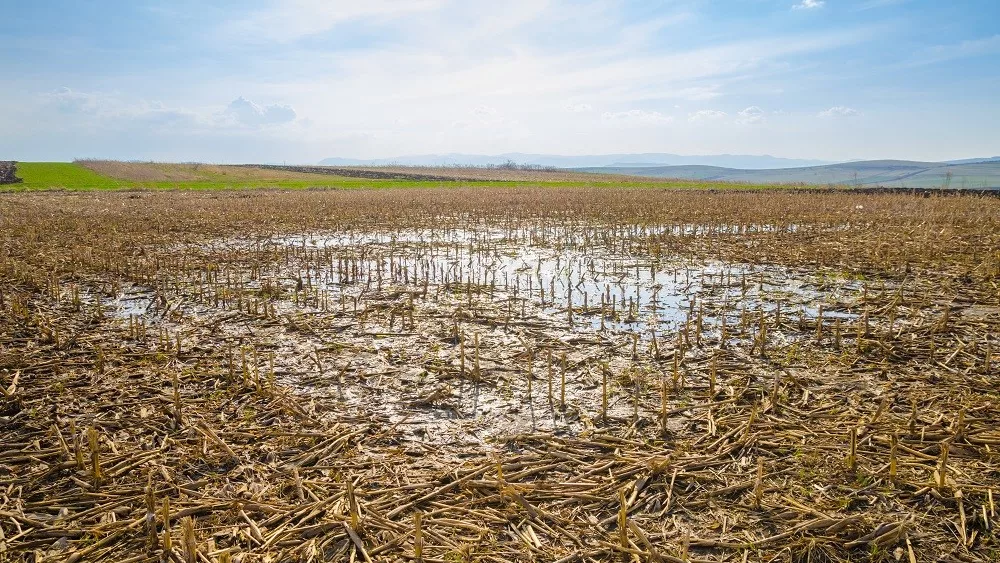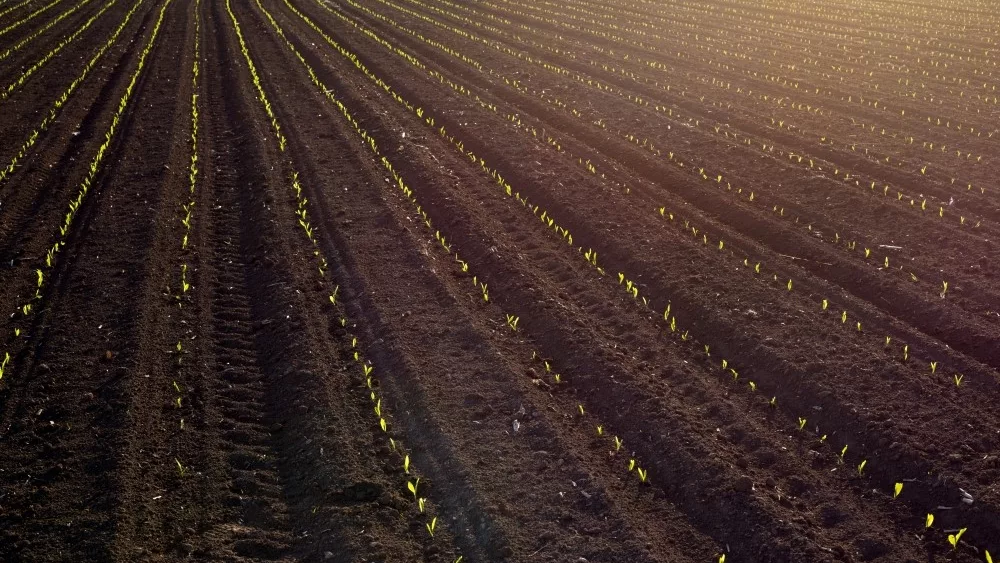The last two falls in Michigan were a struggle to get the crop out of the field, let alone do fall soil sampling. Mike Swoish, Pioneer agronomist, said the importance of soil sampling can’t be understated.
“I always say if you don’t measure it, how can you manage it?” he said. “Crops are coming out of the field, hopefully there’s a little bit of extra time. It’s easier to create your soil sampling operations and get through the field, but it also gives us time to make decisions through the winter.”
Decisions such as ordering lime, fertilizer, or how and where to spread manure.
“Which fields may need it and then running calculations for what or how best to apply the manure in terms of P, K or nitrogen across different fields for the next crop,” said Swoish.
Aside from agronomic issues, soil sampling can give you an idea of pests in your soil, such as soybean cyst nematodes.
“That way for next year we know we maybe want to switch up our resistance to SCN or maybe we need to plan with some seed treatments,” said Swoish.
When sampling, Swoish said there needs to be Goldilocks conditions, and there shouldn’t be any excuses to not get it done this fall.
“Ideally if we had light soil moisture,” he said. “We don’t want it to be bone dry, but we also don’t want it to be muddy. This year across Michigan, soil conditions are quite good. Any soil sample is better than nothing, but as long as you can get the combine through the field and it’s not too muddy for that, usually you’re ok to take a soil sample.”






